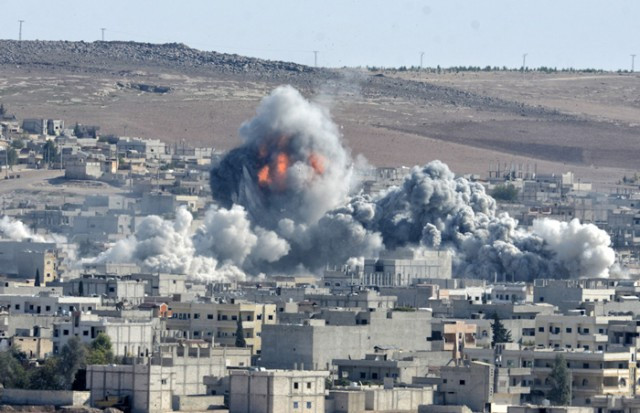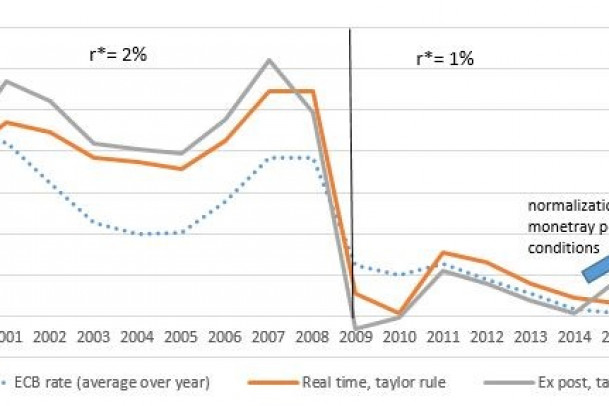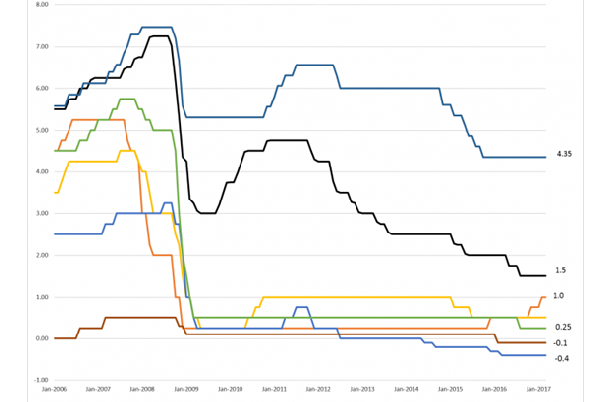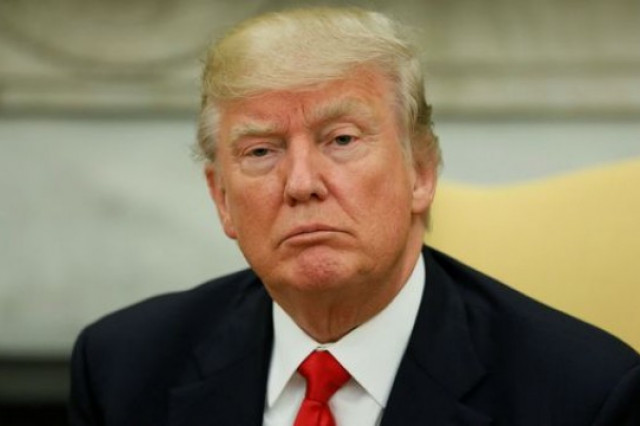We have lived through the first phase of the genesis of this new short-cycle financial crisis: 2012-2015. This is to say, four years instead of five (2001-2006). This phase has just been completed.
It lasted approximately from 2012 to 2015, when developed countries began to emerge from the recession, with difficulty, and there has not been a real improvement rather only a slight recovery, which may be heralding an even more serious future crisis. Just as in 2001-2006, during the genesis of the first financial crisis mentioned above (the explosion of the start-ups and the associated digital era) the terrorist attacks in France, Turkey, Russia and to a certain extent, all round the world, With the war in Syria and, finally, the freezing of wages in the era of ultra-competitiveness and austerity without net growth, lead to a crisis in many emerging countries: China, Brazil, Russia and the entire Asian perimeter.

The signs of this genesis are quite explicit. Liquidity abounds worldwide due to low central bank rates, the cost of money is low and credit conditions too. One of the particular features of the 2008-2010 financial crisis is that it is not just the United States and its real estate sector. It affects most of the States and all sectors of the economy involved in digital and "high frequency" trade. It is true that there is a slight recovery of consumption and the margins of companies (specifically in France). Investments increase. Employment is getting better (USA, France...).
In the end, certain positive signs of this genesis are in sight. But in parallel, two huge obstacles loom: that of the real economy and that of money. Obstacles that grow more powerfully than those during the genesis of the financial crisis of 2008.
NATIONALIZATION OF RETAIL BANKING IN EUROPE WOULD BE DESIRABLE
For starters, an obstacle of the real economy. China, the global engine of economic activity, is suffering a slowdown that brings into question its economic model, which no-one dreams about having any more. China, which has experienced its epic economic skyrocketing, high commodity prices (capital going to emerging countries and being relocated to China) and adaptive monetary policies, has enjoyed a favourable economic context that no longer exists.
Oil producers (such as Saudi Arabia and Iran, for example) are affected. Commodity prices are going to fall and this will trigger a crisis in the para-oil sector, which will in turn affect the stock markets. Finally, no country can expect growth of more than 2%.
However we do not need to recall all this, as it will not be possible without a real political will. High-frequency trading intensifies, American stock markets show many signs of weakness, we (France) are also sitting on a gunpowder keg and the next financial crisis will be triggered by three activating and driving phenomena: the rise of EDF rates, a mandatory crisis and the domino effect triggered by IT. This is where the machine began to seize in late 2015 and early 2016, until 2017.
BUBLES ALL ROUND THE GLOBE
Thus, we have witnessed a two-year block of the world economic system in 2016 and 2017. This known constant came as a surprise: families like the States were in debt. However, shortly before this, we were saying that US consumption was behaving well. Trade deficits were not being reabsorbed. And the Fed decided to raise interest rates, and the same thing happened again at the end of 2015.
Bankruptcies also increased in 2016 and the sovereign debt crisis emerged from the private debt crisis. Obligatory markets are beginning to tremble. Diverse bubbles across the globe and real estate tensions exist (Britain) as the obstacles of the real economy and that of money advance and approach us. We know that they are to be erected faster and higher than expected. Liquidity will grow in a global context of an intensification of slow-down in emerging countries, and weak recovery in the developed ones.
Finances are once again affected and this will be the next great issue in economics. We will note that the level of drift has not diminished since the lessons learned from the American financial crisis. With technologies such as high frequency trading pushing this along, the contagion or spread of the crisis will arrive in 2018 and 2019.
As it was in the USA in 1994. After a weak rise in Alan Greenspan's rates of 3 to 3.5%, an obligatory panic sparked the collapse of global stock markets. Here (France) will have the mandatory crash that will generate mistrust in the interbank system first, and then in the real economy after. Many assets will be scorned and we will begin to have bank failures on a global scale, not just in the United States.
The crisis of technological shares will begin again as in 2001, with the disappearance of half of them from the market. We will try to intervene again, trying to reshape the banking union internally, to limit the direct impact on families, but investors will lose confidence and that will translate into a fall in the economies struggling to recover. We do not know yet to what depth.










